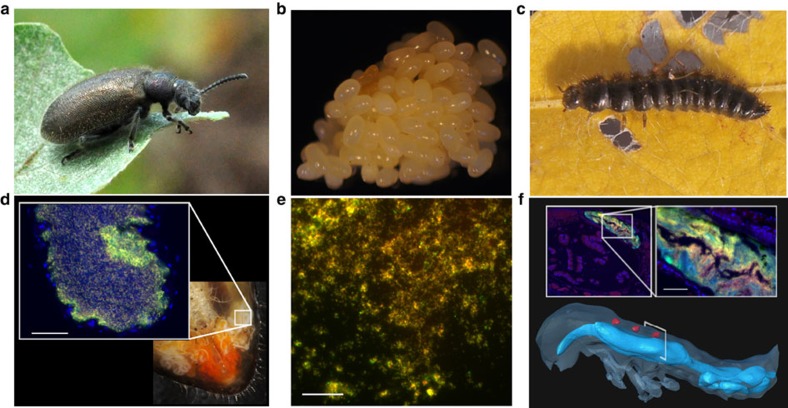Figure 1. Burkholderia gladioli symbionts are transmitted vertically via egg smearing in Lagria villosabeetles.
(a,d) Adult females carry the symbionts within two pairs of accessory glands associated with the reproductive system as confirmed by FISH on cross-sections of a female reproductive system (inset). (b,e) Host eggs are covered with a secretion containing Burkholderia bacteria, as revealed by FISH on an egg wash. (c,f) The symbionts colonize invaginations of the cuticle that result in three dorsal compartments represented in red in a three-dimensional (3D) reconstruction of an L. hirta larva. The Burkholderia symbionts were localized by FISH in a cross-section of an L. villosa larva (inset). FISH pictures show Burkholderia-specific staining in red (Burk16S_Cy3), general eubacterial staining in green (EUB338_Cy5), the overlap of these two in yellow and host cell nuclei in blue (DAPI). Scale bars, 20 μm (d) and 50 μm (e,f).

